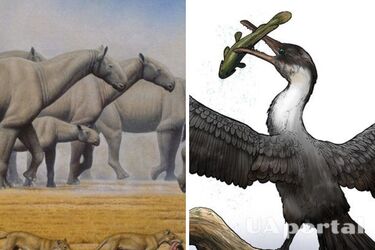"More than 7000 skeletons": scientists find ancient flooded site where prehistoric animals lived

In Quintero Bay on the central Chilean coast, archaeologists and paleontologists were excavating a site called GNL Quintero 1 (GNLQ1). They worked underwater. Here they found the remains of more than 7 prehistoric animals.
According to the scientific publication DICYT, the excavations revealed a flooded prehistoric site with the remains of extinct animals. It is believed that they could have lived during the last ice age (approximately 24,000-17,000 years ago).
Read also: Archaeologists found a medieval artefact depicting Jesus Christ (photo)
"The marine space occupied by the Gulf of Quintero was a large esplanade of wetlands that stretched for several miles from the modern coastline. The esplanade was home to a variety of extinct fauna, such as palaeoliths, mylodons, American horses and deer, as well as rodent, fox and nutria species. As the ice sheets thawed, rising sea levels caused the esplanade to sink, making it the only known late Pleistocene flooded site on the Pacific coast of South America," the report says.
A study conducted by archaeologists and paleontologists found that the animal remains were similar to those found previously in central Chile.
The remains were found: Camelidae, Cervidae, Equidae, Mylodontidae, Xenarthra, Canidae, Myocastorinae and Octodontidae, among others.
Professor Isabel Cartagena from the University of Chile says that medium-sized species such as foxes, a large number of microfauna consisting of various rodent species, very small marsupials and even reptile remains have been recovered.
In total, the researchers found more than 7,000 skeletal remains, of which 8 were identified as extinct fauna and dozens of individuals corresponding to minor fauna. "The high taxonomic diversity is particularly impressive, as the group consists of more than fifteen species," the scientist added.
Earlier, a group of volunteer scientists from three Chilean universities found a new moai statue in a volcanic crater on Easter Island.
If you want to get the latest news about the war and events in Ukraine, subscribe to our Telegram channel!
